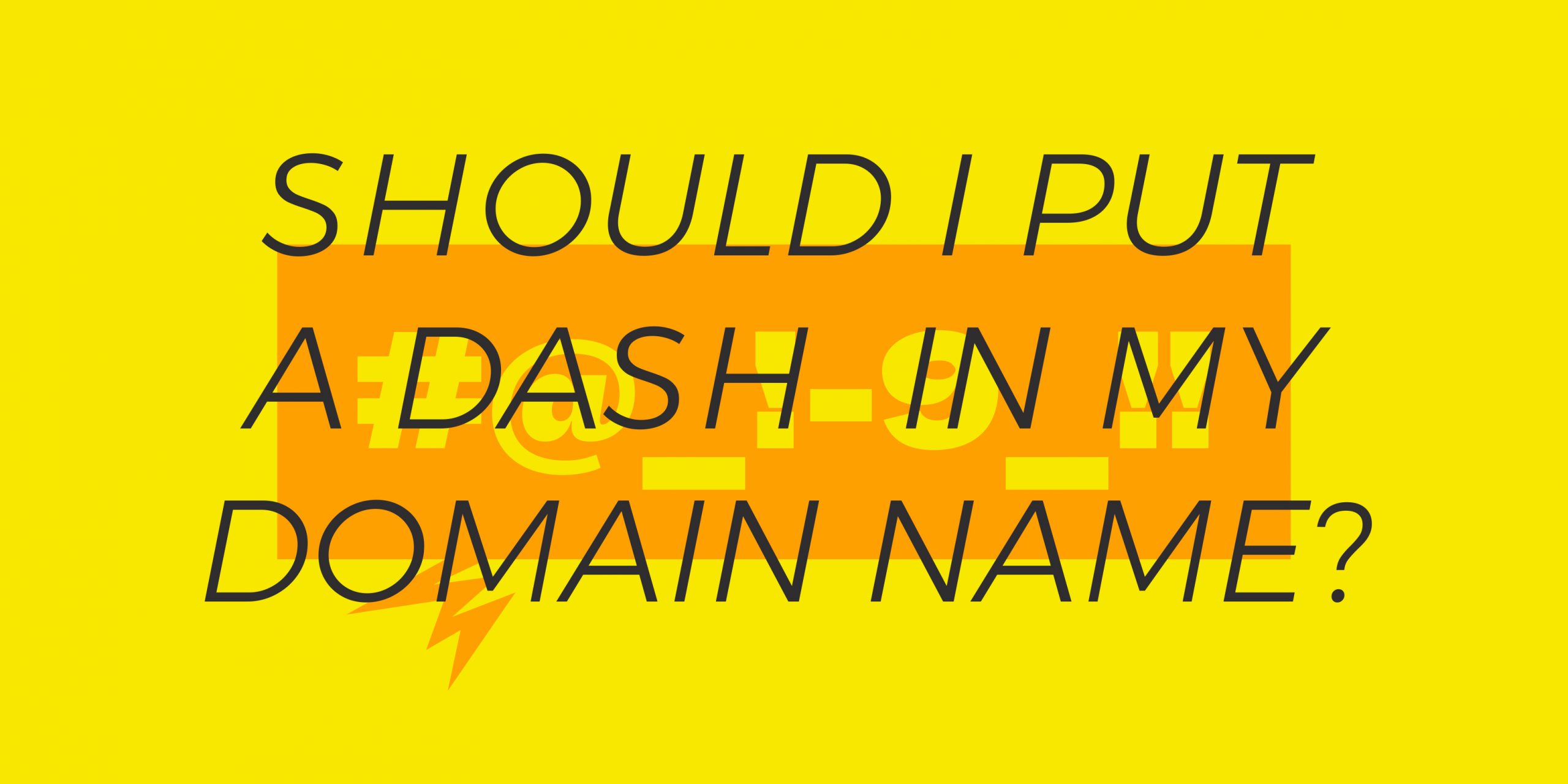You might think that WordPress blogs are above all for passionate individuals. They are not. Blogging has never been more current, for individuals as well as for businesses. Among the 1.7 billion websites in the world, more than 500 million of them are blogs. According to SEMrush, businesses with a blog
generate 67% more conversions per month than those that don’t have one.
Competitive pressures continue to grow by the day on the internet, and more than ever businesses are looking to gain greater visibility in order to increase organic traffic along with their chances to convert visits into sales.
The WordPress blog strategy has several advantages. It entails:
- constant monitoring on the part of the business/individual
- a desire to respond to current problems of your area of business
A WordPress blog increases brand recognition and credibiilty from the point of view of the creator, and for readers, it’s a way to learn and get advice from professionals for free.
Here are our eight tips for creating a WordPress bog (and best practices to bring it to life!)
- Define the scope of your WordPress blog
- Develop the timeline of your WordPress blog
- Adopt the inverted pyramid model for your blog
- Offer quality content that adds value
- Put yourself in your readers’ shoes
- Create an incentive for readers to stay on your site
- Measure the semantic richness of your WordPress blog
- Optimize your WordPress blog for search engines
Before launching your WordPress blog
Define the scope of your WordPress blog
Like with any editorial project, you have to start by determining the scope and editorial line. And to stick to it so you don’t end up spreading yourself too thin!
- What subjects are interesting for your website visitors?
- How will your articles help your readers?
- What value added will your WordPress blog bring compared to another?
Answering these questions will help you define your project.
Be sure not to cover too many different subjects in one single blog. Otherwise, you’ll risk losing the credibility your visitors accord to you, since you can’t be an expert in everything.
Once you’ve selected your subjects/areas, you can then proeed to planning your content.
Develop the timeline of your WordPress blog
Developing your editorial timeline for your WordPress blog before launching is very important. Preparation will free you! You’ll spend less time looking for ideas and more time writing and perfecting your content.
Will you publish daily? Weekly? Define the number of articles that you plan to publish in the next month and place them concretely in a calendar (schedule subjects for a particular day and publication time).
You can also consider different categories! Tuesdays you could publish for beginners, Wednesdays could be about a product, Friday something about the day-to-day life of your business … anything is possible.
The key is to stick to your plan. And the more you determine what you want to do, the simpler it will be. Once your editorial calendar is in place, you’ll be able to move on to writing.
Writing an article for your WordPress blog: specificities of writing for the web
Adopt the inverted pyramid model for your blog
On the internet, people “read” diagonally. We put “read” in quotes because only a minority of people read webpages linearly, as though they were reading a book. Online, the eye tends to scan the main points. That’s why it’s recommended to put the most important information at the beginning of your article to quickly capture the reader’s attention.
Clearly make the structure of your article stand out through the different section titles and follow the rule: one paragraph = one idea.
Use short sentences and precise vocabulary.
Offer quality content that adds value
Your website’s visitors will find your article through keywords common between your content and their search engine query; or also by sharing on social media. As such, they will have pretty precise expectations and will expect to find the content they’re looking for. If the content isn’t very interesting, incorrect, or even misleading, or if it’s not well written, they’ll move on or find the information they’re looking for from a competitor.
To write well, we recommend the following basic tips that are nonetheless important to remember!
- Set a regular pace for your writing (the goal here is to be regular, there’s no need to rush yourself).
- Pay attention to the tone of your writing. If several of you are writing, for example, it’s not unusual that each person will have their own writing style, but be careful to maintain the same writing tone
- Pay attention to spelling!
On our side, now that we have been able to use WordPress’s block editor for more than two years, we have listed seven
WordPress Gutenberg features that make daily publishing on this blog, news.gandi.net, easier. We’re betting you’ll want to use these features too.
Put yourself in your readers’ shoes
Your work will be read on a screen, and in most cases on a mobile device. It’s very important, then, to carefully develop your graphic design. What font will you use? What size should the characters be? And what color palette will you use? Just like with gastronomy, your “plating” should be as good as the food tastes!
Air out your paragraphs, illustrate, make your links immediately identifiable, make your readers comfortable so that they will want to keep reading your content.
Create an incentive for readers to stay on your site
A WordPress blog has two missions: offer information to a visitor and … convert them into a sale! You want the person to read, but you also want them to take an action: download a document,
fill out a form, click on a link to another article or a product page. All these actions contribute to keeping the visitor on your website and them learning more details about what your business does. Be sure to integrate a call to action in your article.
Are your topics for the next month set? It’s time to get your hands dirty!
Install your WordPress blog
WordPress is
the world’s premiere CMS with a more than 60% share of the global CMS market.
That includes getting everything in place for your website: hosting, your domain name, a professional custom email address, and an SSL certificate (to take advantage of the https protocol, which guarantees the security of your and your users’ data). All in the time it takes to fold your laundry, or drink a coffee. So, do we agree that creating your WordPress blog isn’t a gargantuan effort?
Enrich your WordPress blog’s content
Measure the semantic richness of your WordPress blog
Once your first articles have been written, you will want to gain visibility with your blog, but how do you do it?
The first step is simple: semantic richness. The richer your text from a semantic point of view, the more interesting it will be, and the better placed it will be in search engine results.
To measure the semantic richness of a written text, you can first of all use a word counter. This tool will give you the exact number of times you’ve used each word in your article. With these results, you will have greater visibility on your particular tics or words and expressions that you use too frequently. You can improve your writing and enrich your text using different words to increase the variety in your writing.
The more your writing is varied in its word choice, the more you’ll gain in credibility with your audience. The goal is not to use just any word to say something but to use the right word in the right spot.
Once you have several articles with connected themes, you should also link them to each other using internal links.
Optimize your WordPress blog for search engines
You did it! You put your WordPress blog online (and bravo). But in order for it to be known, you still need your visitors to find you.
SEO (Search Engine Optimization) is collection of techniques used to improve the ranking of a page in search engine results. In other words, how to get your webpage to move up in search results among the thousands of results to a particular relevant search.
This optimization is it’s own specialized profession and advice on the subject could (and does) fill volumes.
Where do you start? How can you determine which SEO rules are more important than others?
When it comes to your blog, two rules are the most important:
When you publish an article on your WordPress blog, it becomes accessible to everyone on the internet. But to get to your article, except if the user has already saved your site as a favorite and regularly comes back to check it, they’ll probably find you through a search engine. Your goal, then, is to appear in the first pages of search results. Among all the search engines out there, including Bing and DuckDuckGo, the most used is Google.
Search engine bots search the web for results related to specific keywords. We say that they “crawl” the the HTML and CSS code of websites to score them for SEO which will define — at least in part — your ranking in the search results. According to your article’s theme, determine one or two keywords to highlight when writing your article, as well as in the paragraphs and section titles. That way, the bots will understand what your article is about.
But careful! It’s not just a question of finding a word and putting it into every sentence. Search engine web crawlers quickly catch on to overuse of keywords and will rank your page lower if the content seems too forced. You’ll need to carefully place your keywords, and their synonyms, as well as the rest of your vocabulary.
To provide a meta example, for the article that you’re currently reading, you may have noticed that one of the keywords we are trying to use is “WordPress blog.”
The number of words is a criteria for search engines. It’s generally recommended to put articles that are at least 800 words long online for SEO purposes. This is considered a demonstration of covering a subject in depth.
For strong subjects with a lot of content out there already, you’ll benefit more from writing content that’s at least 1500 to 2000 words in length.
There are also other best practices for improving the SEO ranking of an article and its formatting in WordPress. But don’t worry, you don’t have to know everything by heart: there are plugins that you can install on your WordPress blog to help you with this.
The most widely known and commonly used is Yoast SEO, which adds a widget to the bottom of your article creation page with a checklist of each best practice to implement. It’s very effective since it takes the main points for complying with SEO best practices on your blog and contains a large number of explanations so that you can know what you need to improve and how.
Feel free to reference
our article on the best free WordPress plugins for more information.
Conclusion
To summarize, the eight tips for creating a WordPress blog (and best practices for bringing it to life!) are:
- Define the scope of your WordPress blog
- Develop the timeline of your WordPress blog
- Adopt the inverted pyramid model for your blog
- Offer quality content that adds value
- Put yourself in your readers’ shoes
- Create an incentive for readers to stay on your site
- Measure the semantic richness of your WordPress blog
- Optimize your WordPress blog for search engines
Finally, we’ll add that until
30 June 2022 09h59 (Paris) you can take advantage of
our promotion on registrations of .blog domain names for
, and take advantage of the increased visibility this search engine optimized domain ending provides!
Tagged in Simple HostingWordpress 



